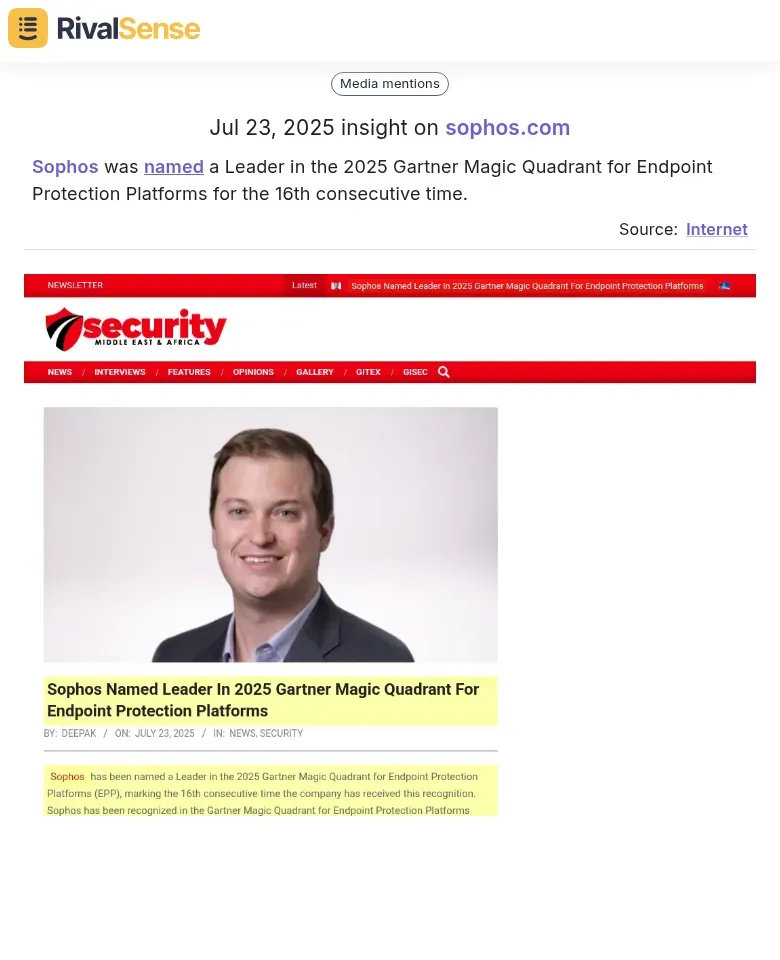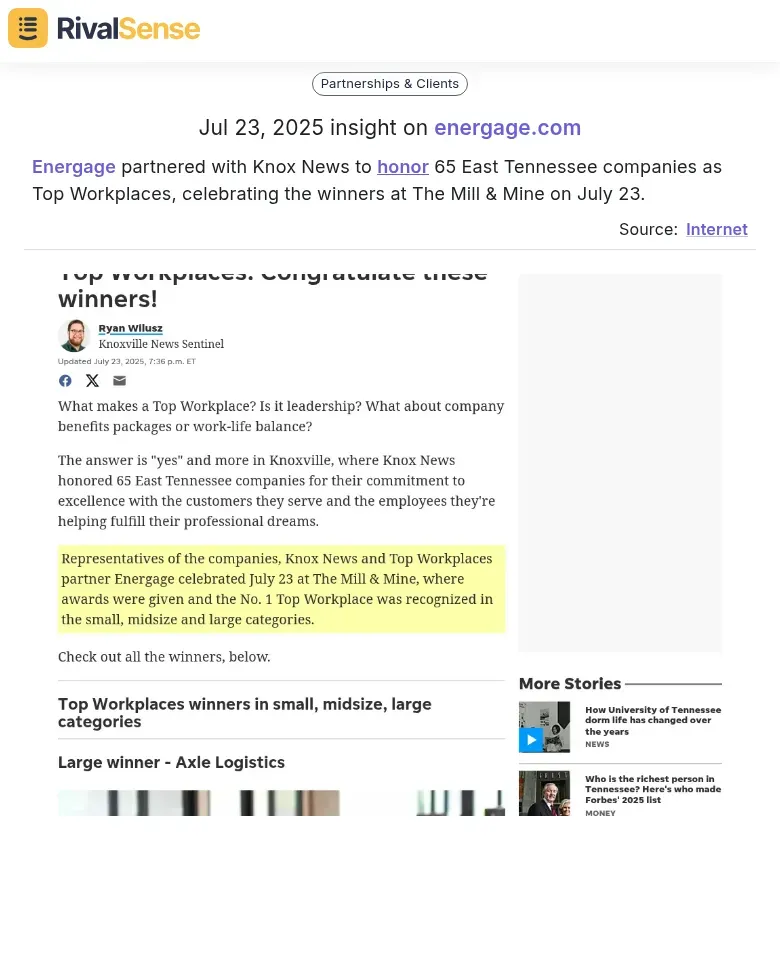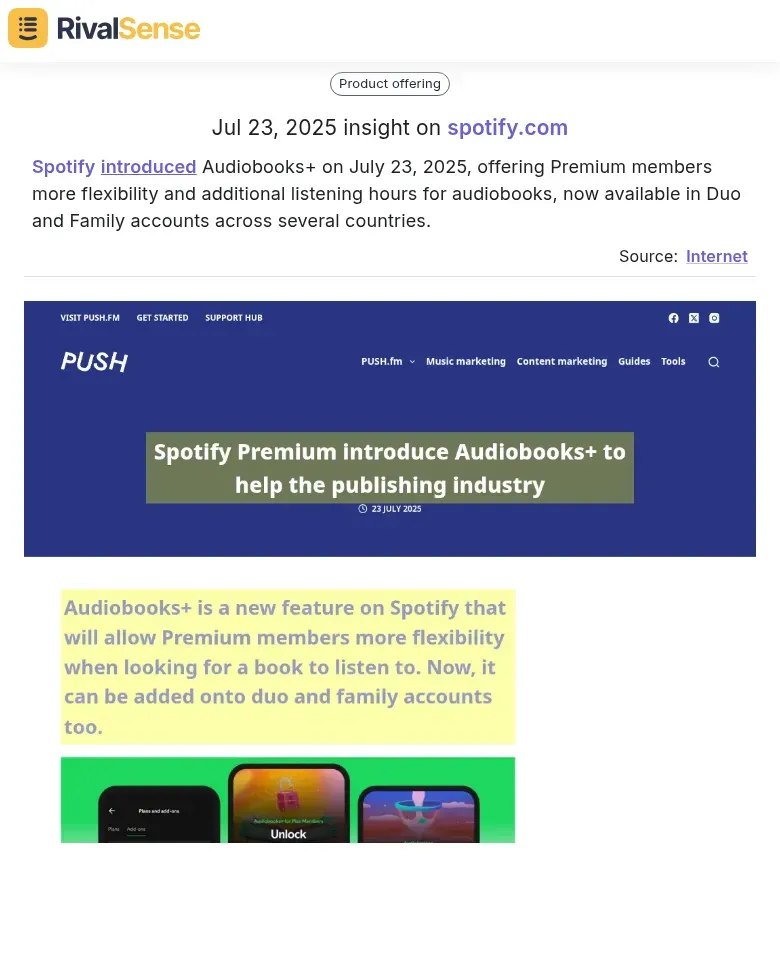Internet Research Workflow: Mining Competitor Knowledge Bases
While most businesses focus on analyzing competitor pricing and product features, they're missing a goldmine of strategic intelligence hiding in plain sight: competitor knowledge bases. These repositories contain far more than customer support articles—they reveal how competitors position themselves, understand their market, and solve complex business challenges.
Unlike traditional competitive intelligence that relies on press releases and financial reports, knowledge base mining uncovers real-time insights into competitor capabilities, product roadmaps, and customer pain points. When a SaaS company publishes detailed integration guides, they're signaling strategic partnerships. When they create extensive troubleshooting documentation, they're revealing product limitations and development priorities.
Systematic internet research of these public resources provides actionable intelligence that directly impacts your business strategy. You can identify market gaps your competitors haven't addressed, understand their technical architecture decisions, and discover emerging use cases they're targeting.
Quick Assessment Checklist:
- ✅ Map competitor help centers, documentation sites, and community forums
- ✅ Track frequency and topics of new knowledge base articles
- ✅ Analyze language patterns to understand their market positioning
- ✅ Identify integration partners and supported platforms
- ✅ Monitor customer questions to spot unmet needs
This intelligence gathering approach transforms scattered public information into strategic advantages. The key is developing a systematic workflow that consistently captures, analyzes, and applies these insights to your competitive strategy—turning your competitors' transparency into your strategic edge.
Awards and Recognition Intelligence: Reading Between the Lines
Awards and recognition intelligence offers a treasure trove of competitive insights hiding in plain sight. Industry accolades reveal how competitors position themselves, what they prioritize for credibility building, and which market segments they're targeting for validation.
Start by mapping your competitors' award history across 2-3 years. Consecutive recognitions in specific categories signal sustained competitive advantages—a SaaS company winning "Best Customer Support" three years running indicates a deliberate investment in service excellence worth benchmarking. Third-party validations like Gartner Magic Quadrants expose specific strengths competitors leverage.
For example, RivalSense recently tracked that Sophos was named a Leader in the 2025 Gartner Magic Quadrant for Endpoint Protection Platforms for the 16th consecutive time. This insight is invaluable because it reveals long-term market leadership in security—signaling reliability to enterprise buyers and setting industry benchmarks:

Quick Intelligence Checklist:
- 🔍 Track award categories: reveals strategic priorities (innovation, customer service, workplace culture)
- ⏱️ Note timing patterns: awards often coincide with product launches or market expansion
- 🏆 Identify awarding bodies: industry-specific vs. general business awards indicate positioning strategies
- 🎯 Monitor acceptance speeches: competitors often reveal future roadmaps
Pro Tip: Set Google Alerts for "[Competitor Name] + award" and "[Competitor Name] + recognition" to catch announcements. Internal awards hint at operational strengths or new focus areas.
Partnership and Event Monitoring: Mapping Strategic Alliances
Partnership announcements serve as strategic intelligence goldmines, revealing your competitors' expansion plans and market penetration tactics. When a SaaS competitor announces a new integration partnership, they're telegraphing target customer segments and preferred sales channels. Local event participation patterns indicate geographic priorities and community engagement strategies.
Consider Energage partnering with Knox News to honor 65 East Tennessee companies as Top Workplaces, celebrating winners at The Mill & Mine on July 23. This insight demonstrates how tracking regional partnerships and events uncovers localized market focus and employer branding strategies:

Monitoring Framework:
• 📰 Press Release Tracking: Set alerts for "[competitor] partnership," "[competitor] announces," and "[competitor] collaboration"
• 🎪 Event Intelligence: Monitor trade shows and conferences where competitors speak
• 🗺️ Geographic Mapping: Track regional partnerships to identify expansion priorities
Strategic Intelligence Extraction:
✓ Create partnership tracking spreadsheet with columns: Date, Partner Type, Market Segment, Geography
✓ Analyze timing relative to product launches for strategic correlation
✓ Map collaborative initiatives to identify untapped market segments
Product Launch Intelligence: Decoding Feature and Pricing Strategies
Product launches offer a goldmine of competitive intelligence when analyzed systematically. New feature releases aren't just announcements—they're strategic signals revealing where competitors see market gaps and customer pain points. Pricing changes telegraph positioning shifts, while bundling patterns expose customer lifecycle strategies.
Take Spotify's introduction of Audiobooks+ on July 23, 2025, offering Premium members flexible listening hours in Duo/Family accounts. This insight showcases how bundling expands market reach and addresses segmentation needs—a tactic applicable to B2B service packaging:

Feature Release Analysis Checklist:
• 🔔 Monitor changelog pages and release notes
• 🗓️ Track announcement timing against industry events
• 🧩 Identify patterns in feature categories (security, UX, integration)
• 💬 Cross-reference features with customer complaints
Pricing Strategy Decoding:
• 💰 Screenshot pricing pages monthly
• 🆓 Note freemium tier expansions (signals acquisition challenges)
• 🏢 Detect per-seat to usage-based shifts (indicates enterprise focus)
Practical Tactics:
- ✍️ Sign up for competitor trials
- 👀 Monitor job postings for pre-launch signals
- 🎥 Analyze conference demos for unreleased features
Building Your Internet Research Workflow: Tools and Methodologies
Creating an effective competitive intelligence system requires layered monitoring and structured frameworks. Manual tracking becomes unsustainable at scale, making automation essential for real-time insights. Standardized categorization turns data chaos into actionable patterns.
Set Up Automated Monitoring Systems
• 🔔 Google Alerts: Competitor names, product launches, executives
• 📡 RSS Feeds: Blogs, press releases, knowledge base updates
• 💬 Social Listening: LinkedIn/Twitter for announcements
• 🌐 Website Change Detection: Tools like Visualping for pricing/feature updates
Create Systematic Intelligence Frameworks
| Category | Key Elements |
|---|---|
| Product Intelligence | Features, pricing, positioning |
| Market Intelligence | Audience shifts, geo-expansion |
| Content Intelligence | Messaging evolution, thought leadership |
| Operational Intelligence | Hiring patterns, tech stack changes |
Establish Strategic Review Cycles
• 📅 Weekly: Immediate response opportunities
• 📊 Monthly: Pattern identification & positioning adjustments
• 🔍 Quarterly: Deep analysis of strategy shifts
Pro Tip: Use intelligence templates to standardize data capture. This accelerates pattern recognition across teams.
From Intelligence to Action: Turning Insights into Competitive Advantage
Collecting competitor intelligence is only half the battle—the real value lies in transforming those insights into actionable strategic decisions. Operationalizing findings requires frameworks that convert analysis into execution plans.
Create Decision-Making Frameworks
Develop templates evaluating competitive moves with:
- ⚖️ Impact scales (1-5)
- ⏱️ Response urgency levels
- 📦 Resource allocation matrices
Spot Market Gaps Systematically
Map competitor activity against customer pain points:
| Customer Need | Competitor A | Competitor B | Your Solution |
|---|---|---|---|
| Feature X | ✅ | ❌ | ⭐️⭐️⭐️⭐️ |
| Integration Y | ❌ | ✅ | ⭐️⭐️ |
Build Responsive Strategy Playbooks
Pre-plan responses for:
- 💸 Pricing changes: Value-based counter-narratives
- 🚀 Product launches: Feature differentiation messaging
- 🌍 Market expansion: Geographic defense strategies
Actionable Steps:
- 📅 Schedule monthly cross-functional intelligence reviews
- 🚨 Create move alert systems with response protocols
- 🔄 Establish quarterly strategy pivots
- 🗂️ Build knowledge repositories linking insights to outcomes
Transform Competitive Intelligence into Your Strategic Advantage
The workflows outlined reveal how systematic monitoring of knowledge bases, awards, partnerships, and product launches delivers actionable insights. However, manual tracking across dozens of sources consumes valuable bandwidth. RivalSense automates this process by tracking competitor product launches, pricing updates, event participations, partnerships, and regulatory changes across websites, social media, and registries—delivering curated insights in a weekly email report.
👉 Try RivalSense free today and get your first competitor report: https://rivalsense.co/
📚 Read more
👉 Step-by-Step: Track Carbon Removal Competitor Innovation Strategies
👉 Market Entry Competitor Intelligence Cheat Sheet for Business Leaders
👉 Oracle Overtakes SAP in ERP Revenue: Turning Market Shifts into Strategic Wins
👉 Strategic Competitive Positioning: A Complete Guide to Outmaneuvering Your Competition
👉 Telehealth Benchmarking: Actionable Strategies to Outperform Competitors
